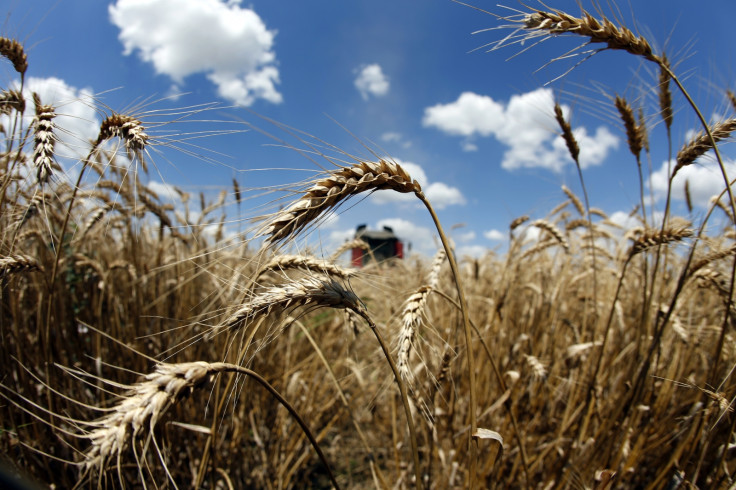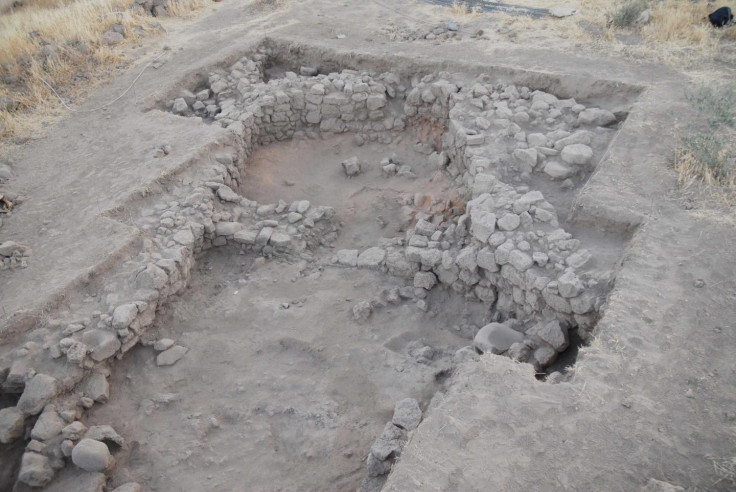Plant remains from the distant past tell the story of how cereal domestication began
Cereals were domesticated in Syria long before they appeared in Iraq or Iran.

Ancient plant remains suggest that the domestication of cereals, which led to the beginning of agriculture, appeared at different times in the Levant and in the eastern Fertile Crescent. Some countries, such as ancient-days Turkey, Iran and Iraq, saw Neolithic populations exploiting legumes, fruits and nuts long before they cultivated cereals.
Past studies have highlighted two main hypotheses to describe and explain the beginnings of plant domestication. In the 1990s, the belief was that domesticated plants had first appeared in Turkey, and that this was a rapid process that spread to the neighbouring regions in a short space of time.
In contrast, the recent dominant theory is that cereal domestication was a protracted process that developed all over the Middle East from 11,600 to 10,700 years ago. However, it remained unclear whether domestication happened at the same time in the different countries or if there was regional diversity.
In the new research, published in PNAS, researchers have tried to answer this question. They have shown that the cultivation of cereals during the Neolithic was only common in the southern-central Levant – such as in southern Syria. It took more time to arrive in other regions of the eastern Fertile Crescent – such as Iraq, Iran and southern Turkey.
Legumes rather cereals
The researchers started working at the archaeological Neolithic site of Tell Qarassa North in southern Syria. There, plant remains suggest that by 10,700 years ago cereals such as barley were being cultivated in important proportions. The study presents it as one of the earliest sites in the Middle East with evidence of morphologically domesticated wheat and barley.
But when the scientists from the University of the Basque Country and the University of Copenhagen looked at the evidence from sites located in the eastern Fertile Crescent, they found no evidence of similar practices at this time.
Their analysis suggests that domesticated-type cereals only appeared around 400 to 1,000 years later in Iraq, Iran and southern Turkey. Legumes, fruits and nuts likely dominated people's diets until then.

"It was surprising to discover that despite being considered very important, and despite their dominant role in our agriculture, domesticated cereals might not have been so important in Neolithic times, in many regions" study author and archaeobotanist Amaia Arranz Otaegui told IBTimes UK.
"On most of the archaeological sites, researchers usually focus on cereal remains despite the archaeological often being quite poor. I would like to shift this focus and have us look at the record for other plants, because that may help us better understand ancient cultures and better characterise their agriculture".
The study thus emphasises the need to re-assess the importance that scientists attribute to cereals such as wheat and barley and to investigate past exploitation of other plants such as lentils, beans and peas because they were potentially crucial to the diets of people living in the eastern Fertile Crescent more than 10,000 years ago.
© Copyright IBTimes 2025. All rights reserved.






















